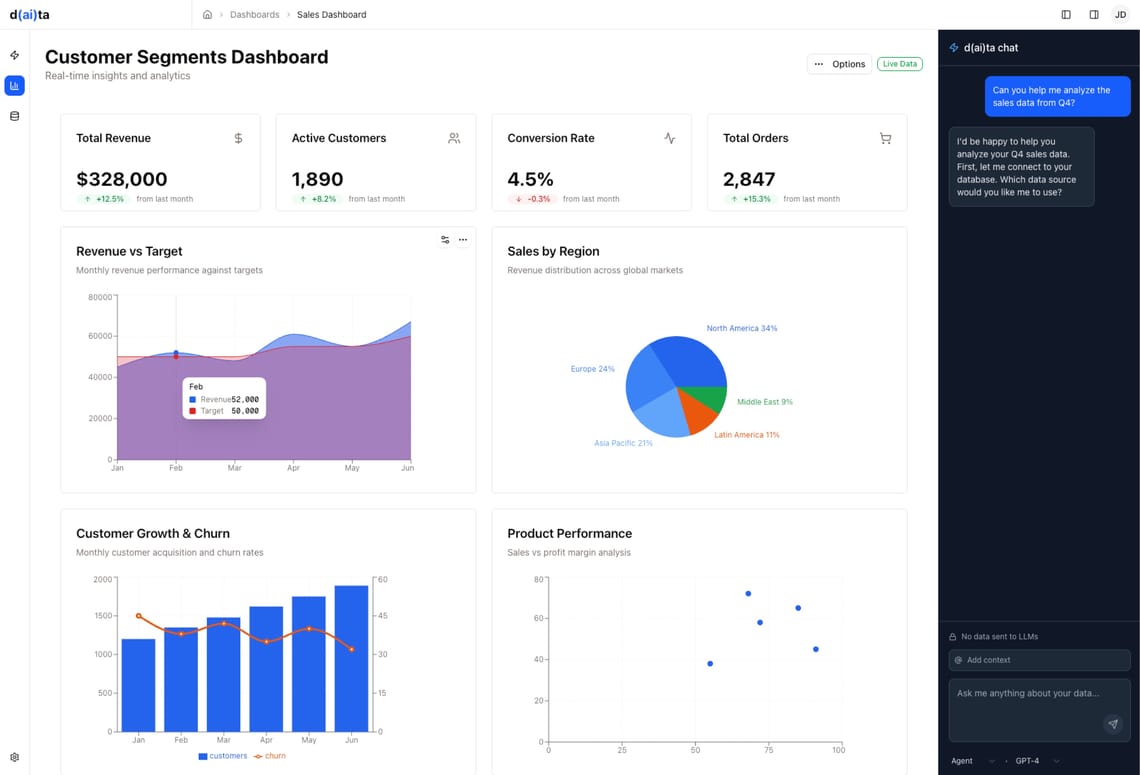The rise of AI-assisted coding has sparked excitement, confusion, and no small amount of hype. Much of this hype revolves around what’s come to be called “vibe coding” — the idea that anyone can simply prompt an AI and produce working software without understanding programming at all. While this phenomenon is real and can be surprisingly effective for small scripts or prototypes, it’s also deeply limited. As with any creative or technical tool, the quality of the output is only as good as the clarity, accuracy, and intent of the input. Garbage in, garbage out still applies.
What we’re seeing isn’t the death of engineering — it’s its amplification. At Atomico Labs, we believe the true shift isn’t “vibe coding” but what we call Augmented Engineering: the thoughtful, skilled application of AI to supercharge capable developers. This is not about replacing software engineers; it’s about enabling them to achieve more, faster, and with new levels of abstraction and scale. It’s not magic — it’s mastery, enhanced.
Look at the tools at the frontier of this shift: Cursor has turned the editor itself into an AI-native environment, allowing engineers to seamlessly refactor, generate, and navigate codebases with conversational fluency. Windsurf, on the other hand, is focused on applying structured prompting to development workflows, allowing teams to create reusable patterns and intelligent scaffolds that keep AI contributions consistent and aligned with best practices. These tools don’t eliminate the need for good engineering — they multiply its reach.
But like any powerful tool, these capabilities require intent, structure, and guardrails. Without clear project architecture, source control discipline, test coverage, and responsible prompt design, AI-generated code can quickly become a liability. Augmented Engineering demands a new mindset: one where prompt engineering, system design, and human review are integrated into a new development lifecycle. It's not enough to ask the AI what to build — you need to know what you're building, why it matters, and how to validate it.
In the hands of the right teams, this approach will reshape how we structure projects, how we form teams, and how quickly ideas go from concept to product. Software development will become more strategic, more fluid, and more creative. The engineer doesn’t disappear — they evolve. Augmented Engineering is not a passing trend. It’s the beginning of a new era.

